
 Dubai Metro … the first phase is due to become operational in 2009.
Dubai Metro … the first phase is due to become operational in 2009.
Major civil construction works on the much-awaited Dh15.5 billion ($4.2 billion) Dubai Metro project were launched late last month at an inaugural ceremony by the newly-formed Road Transport Authority (RTA), in a bid to tackle the growing traffic problems on the rapidly developing metropolis of Dubai.
“Work on the Red Line has already started on several points simultaneously while the construction on Green Line will commence by the end of year 2006,” Mattar Al Tayer, executive director of RTA told newsmen at the ceremony, which was also attended by UAE’s Prime Minister and Dubai Ruler General Sheikh Mohammed bin Rashid Al Maktoum along with senior RTA officials and representatives of Dubai Rapid Link (Durl), the main contractor for the metro project.
The project – which will allow state-of-the-art coaches to skim at a height of seven metres over may parts of Dubai – will be one of the most advanced urban rail systems in the world and is expected to further boost tourism, financial and economic growth in the emirate.
The contract to build the metro system was won by the Durl – a consortium headed by Mitsubishi Corporation and including the Turkish Yapi Merkezi, and the Japanese companies Obayashi and Kajima – in May last year and actual work has begun just short of one year since awarding the contract. The first phase of the project called the Red Line will be ready by September 2009 while the Green Line will be fully operational by March of 2010,
The metro project will also have a third route called the Blue Line, which will provide shuttle service between the Dubai International Airport and upcoming Jebel Ali Airport.
“We are in the process of appointing consultants for the Blue Line which will be operational by 2011,” Abdul Majeed Khawaja, director of Dubai Metro Project said during the ceremony. “We are also liaising with internationally renowned contractors for key project deliverables.”
Being the region’s first light rail transport system, Dubai’s initiative to carry out such an ambitious project in a sandy topography is considered a bold step. Already, the plans are in place to extend the original Green and Red lines to cope with the demands of expanding city. “The Green Line will be extended to Business Bay and the Red Line goes to the Jebel Ali area,” Khawaja adds.
This project is expected to take Dubai’s current five per cent use of public transport to 35 per cent during the next five years and will take the pressure off the other transportation systems, easing traffic on chocked Dubai roads. This modal shift would help de-congest roads, decrease traffic hold-ups, increase road safety and will also reduce pollution.
A key facet of the RTA’s integrated transport system, the metro is an ambitious project in terms of its high price tag, state-of-the-art architecture and engineering and technological challenges as well as the direct role it will have in delivering the social benefit. The RTA believes this project will act as a catalyst in improving the real estate value, economic development and urban regeneration along its main routes and arteries.
Complement other transportation modes including road and water taxis (abras), the metro is estimated to be used by more than 46,000 commuters at peak hours by 2010 and some 118,335 passengers would be benefiting from this service during peak hours by 2020,” said Al Tayer.
The fully automated metro will run driverless on both Red and Green lines, which have a total length of 69.7 km.
“The Red Line which runs from Rashidiya Station to Jebel Ali Station is 52.1 km long including 4.7 km of underground and 47.4 km of elevated line. The estimated travel time at the Red Line is 66 minutes,” he said. “The Green Line is 17.6 km long with a 6.7 km underground tunnel running below the Central Business District of Dubai. With an estimated journey time of 27 minutes, the line will commence from Dubai Airport Free Zone and end at Dubai Healthcare City.”
According to the masterplan, there will be a total of 43 metro stations, 15 of which have been earmarked for funding by private sponsors who have requested to have these railway stations located close to their business centres. A total of 15 stations will be on the Green Line and 28 on the Red Line. Between Port Saeed and BurJuman (from the intersection of Sheikh Rashid and Sheikh Khalifa Bin Zayed roads to just before the intersection of Salahuddin and Abu Bakr Al Siddique roads), the Red Line will be constructed underground, with four underground stations as well, while the Green Line would be underground from Garhoud to Oud Metha Road and would have six underground stations.
A total of 87 trains with a passenger capacity of 600 commuters each will operate across the emirate of Dubai at intervals of 160 seconds, reduced to 90 seconds during rush hours. Every five-carriage train will have three economy class, one women’s and children’s and one VIP cars.
When fully operational, the system will carry about 1.8 million passengers on each working day with an annual total of 650 million passengers and some 38,000 passengers per hour per direction. The train will run at a maximum speed of 110 km per hour.
The RTA will soon announce the diversion plans to enable the construction of underground stations within the next two months. These will be supported by extensive public awareness campaigns, directing the public on the routes to take to expedite and shorten their journey in and around the diversions.
“Work on the first phase of the metro, which includes underground, viaducts, and annexed structures, started last month. This has involved surface diversions and will progress according to the schedule laid out.
“There will be a lot of civil work handled before the end of the year. It involves trial pit holes, site investigation including geotechnical soil investigations, the construction of the underground stations for which the laying of the piled foundations, piled caps, gantry-steel bridge over the piled caps to construct viaducts as foundations for trains to run, casting yards, moulds for concrete segments to construct viaducts and the lining of the tunnels,” says a spokesman for RTA.
Construction work on major underground stations at BurJuman, Riqqa Street and Union Square in Deira is expected to commence within the next two months.
To deliver the project on time and maintain the highest quality conforming to international standards, special tunnelling equipment is currently being built in Japan, which will arrive in Dubai after the second quarter of this year. The tunnelling is expected to commence by November.
A number of sub-contractor have been selected including Kinki Sharyo of Japan, which will provide the trains, and Alcatel of Canada and France which will provide the signalling and communication systems.
Dubai’s busiest road – Sheikh Zayed Road – is expected to be unaffected by the construction of the metro project. The elevated line along Sheikh Zayed Road will run on service bank in the east side and would not hamper the traffic flow, says the spokesman.
RTA has already finalised the exterior of the carriages and artists at design studios are now busy creating an interior theme, which will be luxurious in order to entice people to shed the comfort of their cars and commute by metro.
According to plans, the stations themselves boast state-of-the art architecture and have been provided with amenities that ensure commuter security and comfort. Each station will have its own car park, taxi stand and bus stop for rapid change-over from metro to alternative transport systems.
RTA has also announced that Dubai Metro has recently employed more international railway experts in the field of safety, railway tunnel construction and management.
The RTA’s ambitions for Dubai’s transport network however extend even beyond the metro.
“The Dubai Metro project is only one part of a complete and integrated transportation solution that the RTA is aiming to develop to cater to Dubai’s infrastructural requirements The complete solution will include new train and bus stations, renovations and additions to the roads network, water transport systems and advanced commuting systems all aimed at providing safe and advanced means of transport that will further Dubai’s economic prosperity,” Al Tayer concluded.






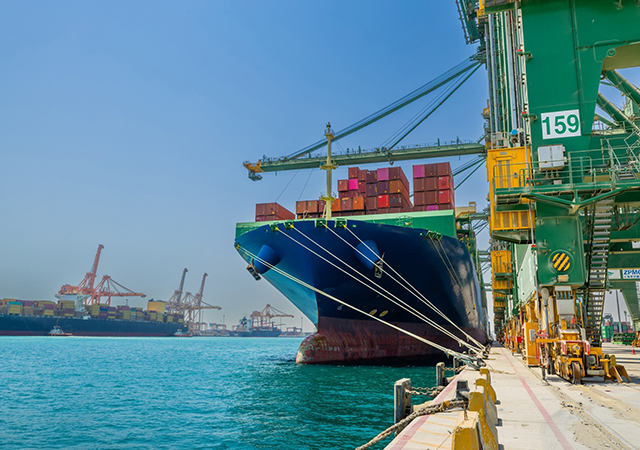
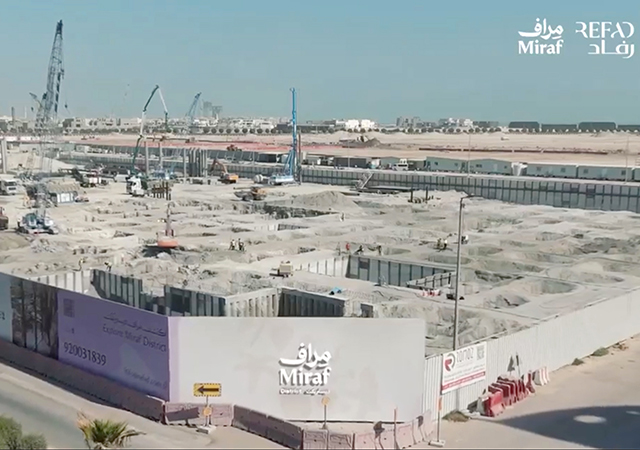
.jpg)




.jpg)

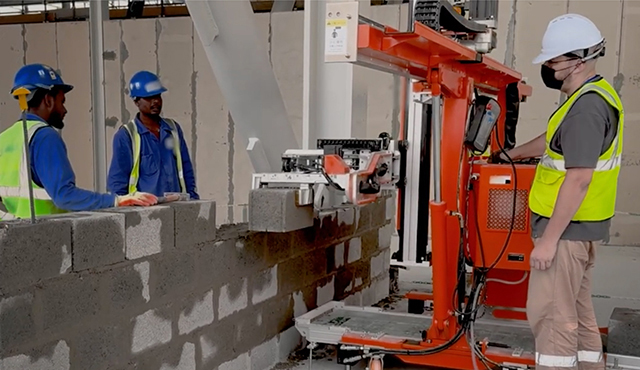

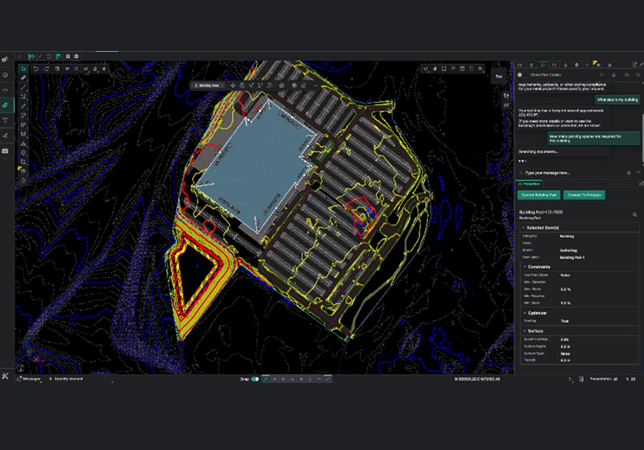



















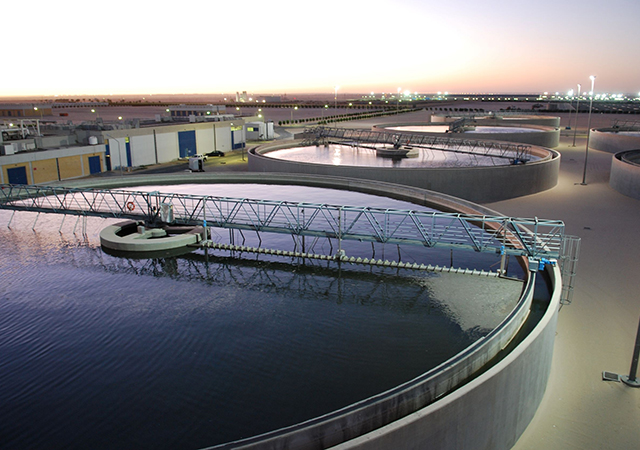


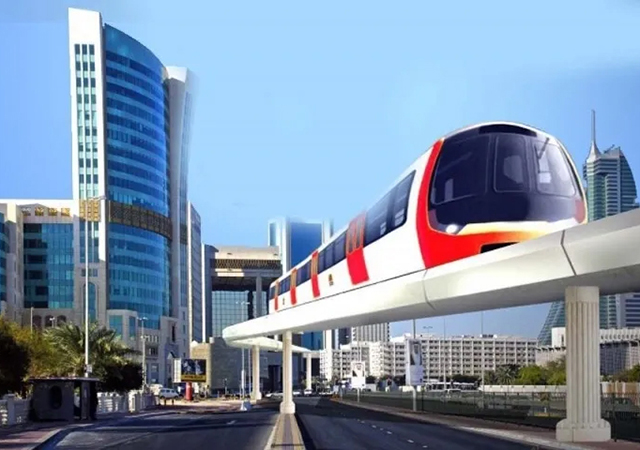

.jpg)




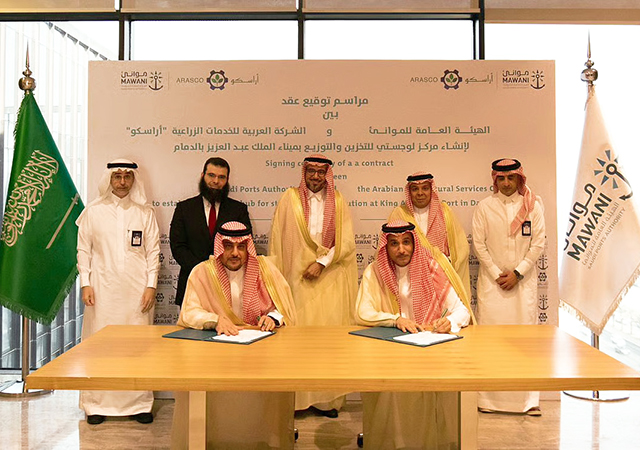
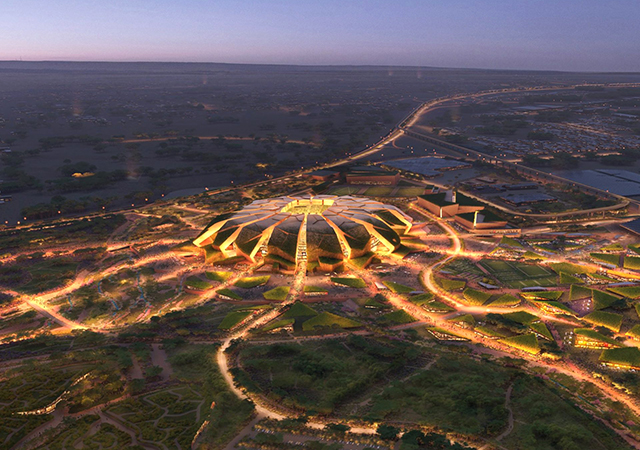






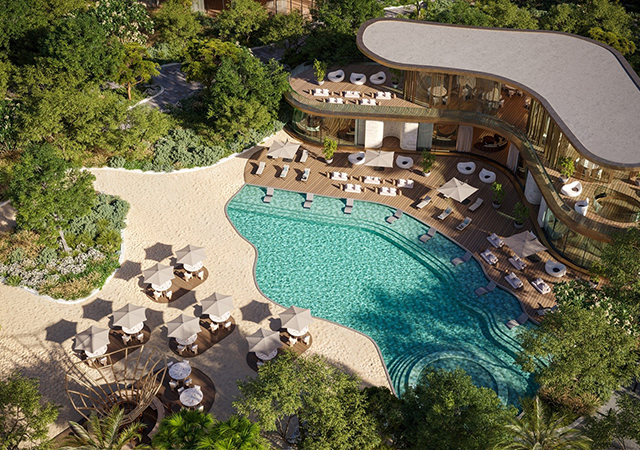







































.jpg)